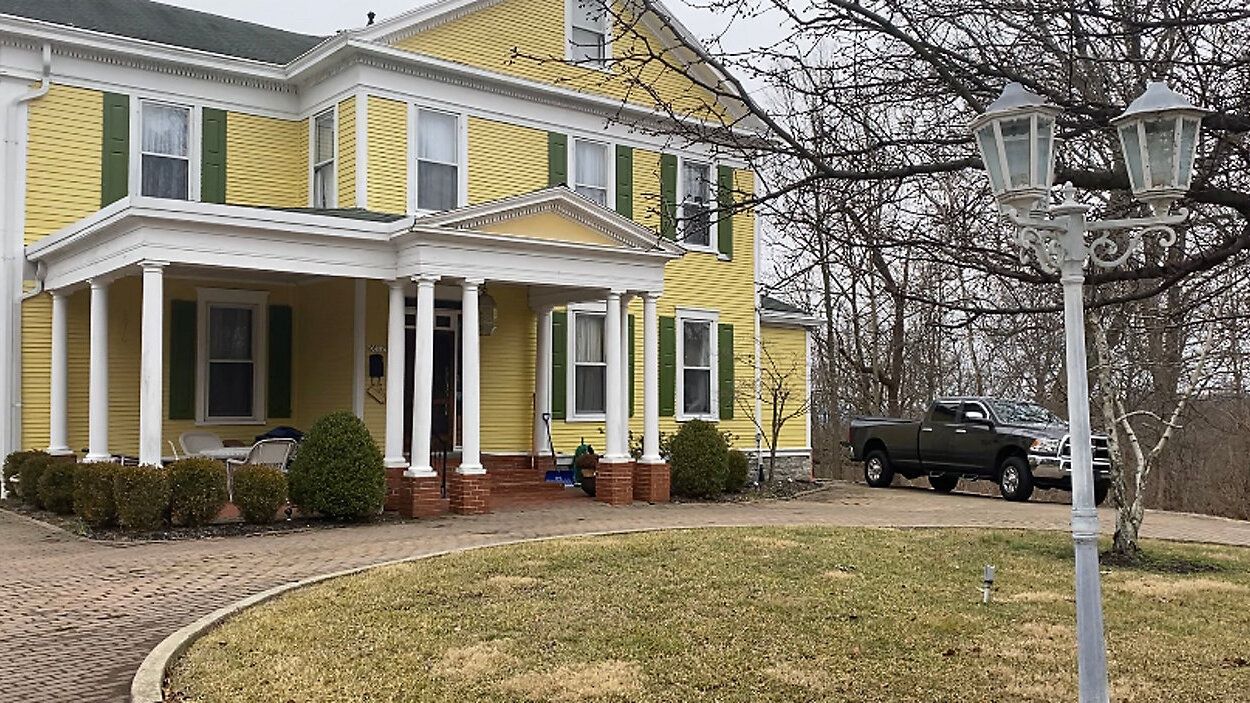Echoes Of Emancipation: Hidden Safe Houses

Have you ever wondered about the secret places that helped slaves escape to freedom? The Underground Railroad was a network of hidden routes and safe houses used by enslaved African Americans to find liberty. These safe houses, often run by brave abolitionists, provided shelter, food, and guidance. Many of these locations still exist today, offering a glimpse into this crucial part of history. Visiting these sites can be a powerful experience, connecting you to the past in a tangible way. Let's explore some of these hidden gems and learn about the incredible stories of courage and resilience they hold.
Echoes of Emancipation: Hidden Safe Houses
The Underground Railroad was a network of secret routes and safe houses used by enslaved African Americans to escape into free states and Canada. These hidden safe houses played a crucial role in their journey to freedom. Let's explore some of these historic sites that echo the stories of courage and resilience.
1. The Levi Coffin House
The Levi Coffin House in Fountain City, Indiana, served as a major stop on the Underground Railroad. Levi Coffin, known as the "President of the Underground Railroad," and his wife, Catharine, helped over 2,000 slaves escape to freedom.
- Location: Fountain City, Indiana
- Significance: Helped over 2,000 slaves
- Current Status: Museum open to the public
2. The John Rankin House
Perched on a hill in Ripley, Ohio, the John Rankin House offered a beacon of hope to those seeking freedom. John Rankin, a Presbyterian minister, and his family provided shelter and assistance to hundreds of runaway slaves.
- Location: Ripley, Ohio
- Significance: Assisted hundreds of slaves
- Current Status: Historic site and museum
3. The Harriet Tubman Home
Harriet Tubman, one of the most famous conductors of the Underground Railroad, made her home in Auburn, New York. This site includes her residence and the Harriet Tubman National Historical Park, preserving her legacy.
- Location: Auburn, New York
- Significance: Home of Harriet Tubman
- Current Status: National Historical Park
4. The Nathan and Polly Johnson House
In New Bedford, Massachusetts, the Nathan and Polly Johnson House stands as a testament to the bravery of its owners. The Johnsons were prominent African American abolitionists who provided refuge to many, including Frederick Douglass.
- Location: New Bedford, Massachusetts
- Significance: Sheltered Frederick Douglass
- Current Status: Historic site
5. The William Still House
William Still, often called the "Father of the Underground Railroad," lived in Philadelphia, Pennsylvania. His home became a critical hub for coordinating escapes and documenting the stories of those he helped.
- Location: Philadelphia, Pennsylvania
- Significance: Coordinated numerous escapes
- Current Status: Private residence
6. The Dr. Samuel Mudd House
Dr. Samuel Mudd's house in Waldorf, Maryland, played a unique role in the Underground Railroad. Although more famously known for treating John Wilkes Booth, Mudd's home also served as a safe haven for escaping slaves.
- Location: Waldorf, Maryland
- Significance: Provided medical aid and shelter
- Current Status: Museum
7. The John P. Parker House
John P. Parker, a former slave who bought his freedom, became an active conductor on the Underground Railroad. His house in Ripley, Ohio, stands as a symbol of his dedication to helping others achieve freedom.
- Location: Ripley, Ohio
- Significance: Home of John P. Parker
- Current Status: Museum and educational center
8. The Milton House
The Milton House in Milton, Wisconsin, is one of the few documented Underground Railroad sites in the state. This hexagonal stagecoach inn, built by Joseph Goodrich, featured a secret tunnel used to hide escaping slaves.
- Location: Milton, Wisconsin
- Significance: Featured a secret tunnel
- Current Status: Museum
9. The Eells House
The Eells House in Quincy, Illinois, was owned by Dr. Richard Eells, an ardent abolitionist. His home became a crucial stop for many escaping slaves, despite the legal risks involved.
- Location: Quincy, Illinois
- Significance: Risked legal repercussions
- Current Status: Historic site
10. The Hubbard House
Located in Ashtabula, Ohio, the Hubbard House was known as "Mother Hubbard's Cupboard" for its role in the Underground Railroad. William Hubbard and his family provided food, shelter, and guidance to countless freedom seekers.
- Location: Ashtabula, Ohio
- Significance: Known as "Mother Hubbard's Cupboard"
- Current Status: Museum and educational center
Reflecting on the Journey
Exploring the hidden safe houses of the Underground Railroad reveals a powerful story of courage and resilience. These places, often ordinary homes, played a crucial role in the fight for freedom. Visiting these sites offers a deeper understanding of history and the bravery of those who risked everything for liberty.
Each location tells a unique story, from secret tunnels to hidden rooms, showcasing the ingenuity and determination of those involved. These safe houses are more than just historical landmarks; they are symbols of hope and the enduring human spirit.
Whether you're a history buff or just curious, these sites provide a meaningful connection to the past. They remind us of the importance of freedom and the lengths people will go to achieve it. Exploring these hidden gems offers a chance to honor the legacy of those who fought for a better future.

